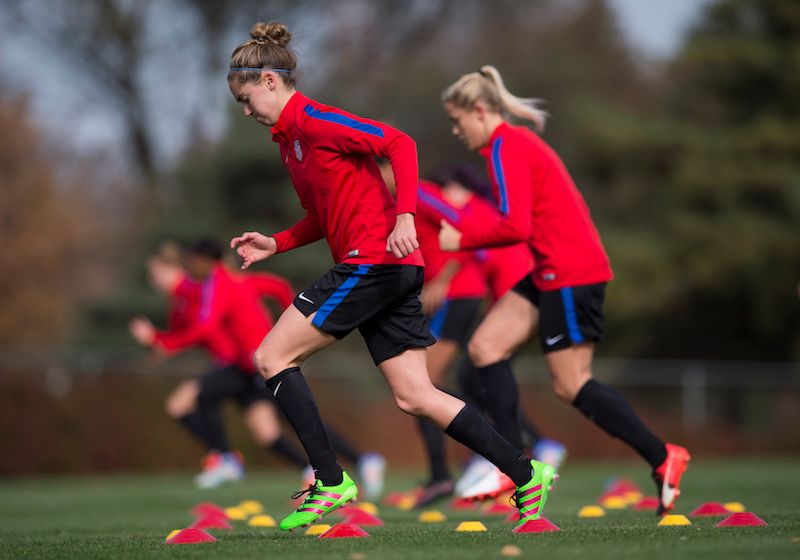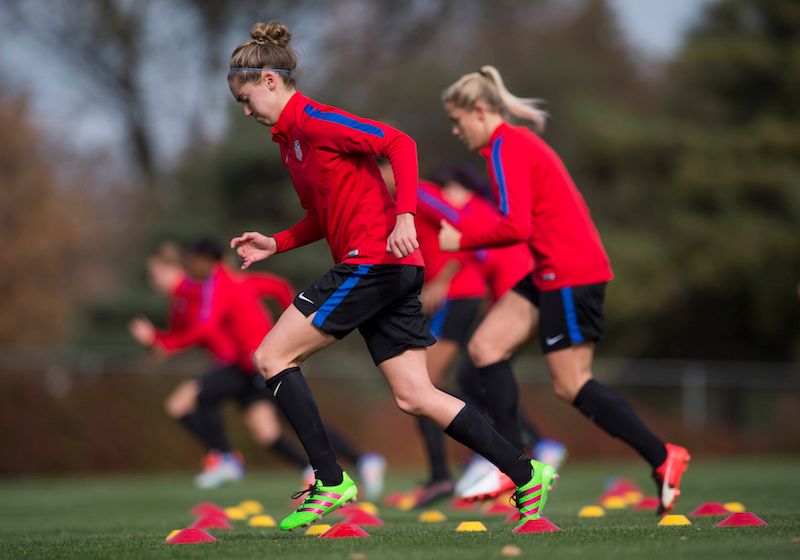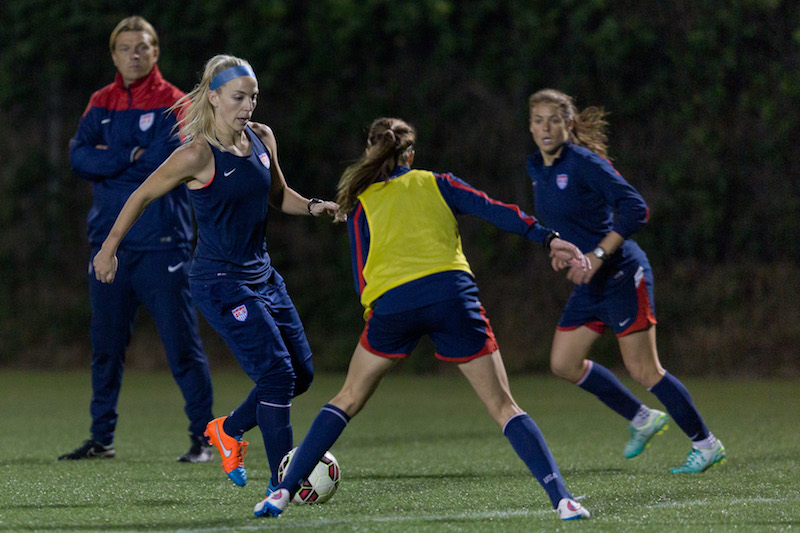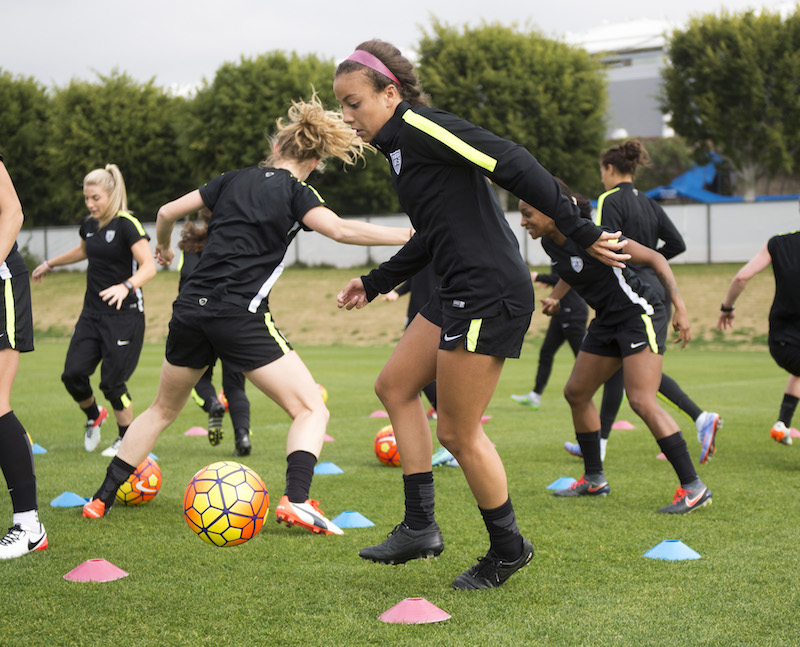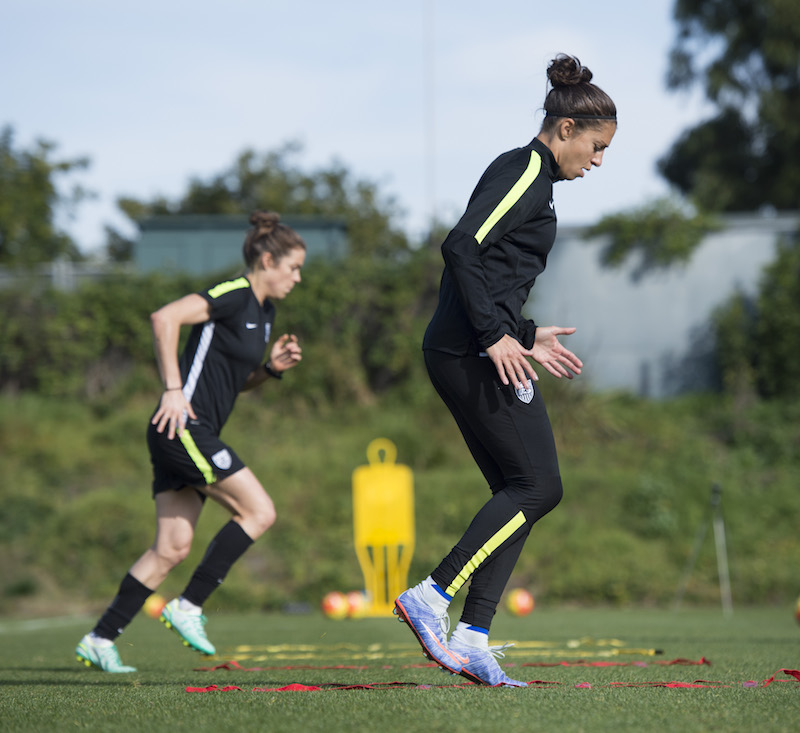Five Things To Know About U.S. WNT January Camp
The U.S. Women’s National Team has been holding programming in January for many years, but has consistently held an extended training camp in California in January since 2009. Here's what you need to know about U.S. WNT January Camp.